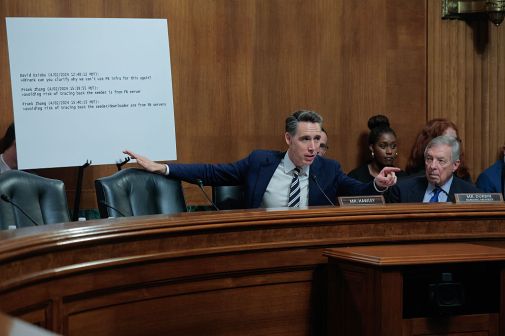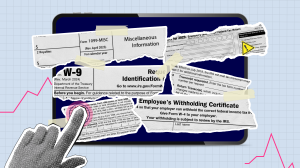In an effort to make it easier for small businesses to interact with the government, President Obama has ordered Federal CTO Aneesh Chopra and Federal CIO Steven VanRoekel to create a new portal that simplifies business and government interaction.
The portal, BusinessUSA, will be set up within the next 90 days as part of Obama’s $447 billion proposed American Jobs Act that he called on congress last night to immediately pass to help reinvigorate the American economy.
According to the White House, BusinessUSA will be a one-stop online platform will provide access to information about the full range of government programs and services businesses need to compete globally – and it will represent the next major accomplishment of the Open Government Initiative.
“It would dramatically shift how the business community interacts with government,” Chopra said.
The act also called for the Securities and Exchange Commission to review the rules and regulations in regards to small businesses, namely things like Sarbanes-Oxley that high-tech entrepreneurs say are stifling growth.
Below is information on the rest of the American Jobs Act from the White House in regards to the high-tech community.
1. Boosting access to capital for high-growth companies: America’s most innovative companies need equity capital to grow and hire faster. As part of the President’s Startup America initiative, the Administration will work to unlock this capital through smart regulatory changes that are consistent with investor protection. This means reducing the disproportionately high costs that smaller companies face when going public, as well as raising the cap on “mini” public offerings (Regulation A) from $5 million to $50 million. It also means responsibly allowing startups to raise money through “crowdfunding” – gathering many small-dollar investments that add up to as much as $1 million. Right now, entrepreneurs like these bakers and these gadget-makers are already using crowdfunding platforms to raise hundreds of thousands of dollars in pure donations – imagine the possibilities if these small-dollar donors became investors with a stake in the venture. Steve Case, chairman of the Startup America Partnership, noted after he joined the First Lady as a guest at the President’s speech, that “High-growth entrepreneurial businesses have been responsible for nearly all of the net jobs created in the last three decades – so policies that make it easier for entrepreneurs to start and expand companies must be at the epicenter of any jobs effort. While Republicans and Democrats don’t seem to agree on much these days, they do agree that entrepreneurs hold the key to a bright economic future. Therefore, I hope both parties will put politics and partisanship aside, and work together to ensure the success of the next generation of great American companies.”
2. Turning job-seekers into job-creators: Through innovative use of Federal unemployment insurance funds, all 50 states will have the flexibility to support long-term unemployed workers who create their own jobs by starting their own companies. A few states already have these self-employment assistance (SEA) programs, many of which have been remarkably successful. For example, SEA allowed two unemployed software developers to co-found a new mobile advertising company in 2009 – and today that company has raised $6.5 million in venture capital, employs 28 workers, and plans to hire many more.
3. Unleashing innovation in wireless high-speed Internet: Bipartisan, job-creating legislation will speed deployment of high-speed wireless Internet service to at least 98% of Americans, including those in remote rural communities like the students using online learning tools who met the President on his trip to Marquette, Michigan. By freeing up spectrum through private-sector incentive auctions, this plan will also reduce the deficit while creating a nationwide, interoperable wireless network for public safety, as recommended by the 9/11 Commission.
4. Modernizing more than 35,000 schools: Investing $25 billion in K-12 school infrastructure will put thousands of construction workers back on the job—with new science labs and Internet-ready classrooms a priority, in keeping with the President’s Educate to Innovate campaign to make American students the world’s best in science, technology, engineering, and mathematics (STEM).







